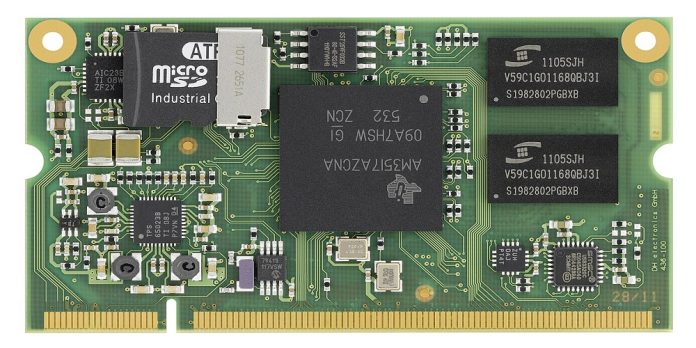The single board computer is a small, low-cost system designed for specific tasks. These boards incorporate unique hardware and software in order to carry out the function of their intended use (e..g., industrial control). To learn more about these devices read this article which provides an overview with both advantages as well drawbacks from my perspective.
Embedded Single Board Computers
When designing a product for embedded use, an embedded single board computer (SBC) is an essential element. While there are numerous options and features, choosing the best one can be time consuming and tricky. This guide will highlight some key features and help you make an informed decision. A good SBC will meet your specific requirements and be capable of processing and capturing data.
An SBC is a small, self-contained computer that integrates a microprocessor and input/output functions. A SBC also contains a predetermined amount of memory and other features. Its compact size makes it easy to integrate into a product.
Their unique hardware
Embedded single board computers are compact and highly productive computer systems that are used for a variety of applications and industries. They are often used to power interactive kiosk machines. These systems are highly efficient and have a small form factor that allows for easy integration into the kiosk enclosure.
Embedded single board computers have a wide variety of hardware and software. For example, the Raspberry Pi 4 Model B is an affordable machine that costs as little as $35. Its specifications are impressive, including a six-core Rockchip RK3399 system on a chip. Its GPU capabilities make it ideal for running artificial intelligence applications, such as TensorFlow.
Their ability to run a specific operating system
When choosing an embedded computer, there are several factors that you should consider. One of the most important factors is the operating system. You’ll also want to consider the experience of the development team. Is the team experienced with Linux? Is it required to support specific peripherals?
The best operating system for an embedded device is often the one that is designed to run a single application. It takes advantage of the hardware and uses a lightweight Real-Time Operating System (RTOS). An RTOS is specifically designed to run embedded hardware and provides guarantees on performance and stability. An RTOS does not shut down programs or interfere with other software, which is another major benefit.
Their cost
Embedded single board computers can be purchased at an inexpensive price. The Raspberry Pi 4B, for instance, costs just $35. The Beaglebone Black, on the other hand, costs $59 and measures 3.4 by 2.1 inches. Both are capable of running Linux and Android. These single board computers can be used in a variety of applications, including video game development and robotics.
Low-cost SBCs are often based on off-the-shelf processor boards. While these boards can reduce costs, they often require redesigns at some point. In a typical industrial product lifecycle of 10 to 20 years, a redesign effort may occur twice or even three times. These redesign efforts can be expensive, requiring extensive documentation and inventory management. The cost of aftermarket support can also be substantial.







